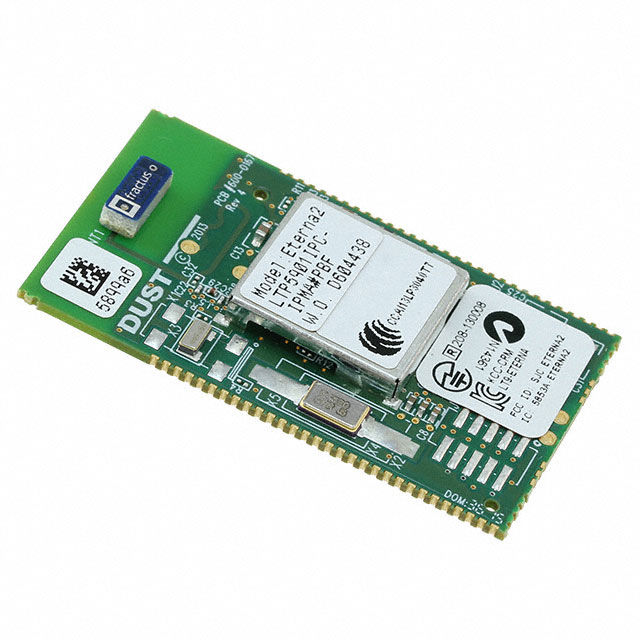Mastering the Mechanics: The Versatile Hex Nut Driver
- joddiemarshall6
- Jun 9, 2023
- 3 min read

Introduction to the World of Hex Nut Drivers
Hex nut drivers are indispensable tools in the world of mechanics, construction, and DIY. Known for their versatile utility, they cater to various applications, ranging from furniture assembly to automotive maintenance. A hex nut driver is specifically designed to tighten and loosen hexagonal-shaped nuts and bolts, which are a prevalent type of fastener in numerous industries. This highly functional tool exhibits simplicity, durability, and ease of use, making it an essential part of every toolkit.
Exploring the Anatomy of a Hex Nut Driver
A typical hex nut driver comprises two primary components: the handle and the shaft. The handle is designed for a comfortable grip and efficient torque application. It can be made of various materials, including hard plastic, rubber, or wood, often with ergonomic designs to prevent hand fatigue during prolonged use.
The shaft, on the other hand, is usually made of high-quality steel to ensure strength and durability. It features a hexagonal shape at the tip compatible with hexagonal nuts and bolts. Sizes of hex nut drivers vary significantly to accommodate a wide range of fastener sizes. Some drivers are also magnetic, enhancing the convenience of handling and positioning the nuts.

Hex Nut Drivers: Manual versus Power Drivers
While manual hex nut drivers are the traditional choice for their simplicity and portability, power hex nut drivers, often in the form of drill attachments, are gaining popularity due to their increased efficiency and decreased physical effort.
Manual drivers offer excellent control over the fastening process, which is especially beneficial in sensitive applications where precision is crucial. Conversely, power drivers, which are generally used with power drills, allow rapid tightening and loosening of hex nuts, significantly speeding up assembly and disassembly tasks.
The Crucial Role of Hex Nut Drivers in Various Industries
Hex nut drivers play a crucial role in numerous industries. In the automotive industry, they are used for tasks such as engine repairs, vehicle assembly, and maintenance work. In construction and furniture assembly, these drivers are indispensable for efficiently fastening components together. Electronics repair and maintenance are other areas where the precision and control offered by hex nut drivers are greatly appreciated.
Additionally, hex nut drivers find use in the aerospace and robotics industries due to the prevalence of hexagonal fasteners in these fields. Given their versatile applicability, these tools are a worthy addition to any professional or DIY toolkit.

Choosing the Right Hex Nut Driver
When choosing a hex nut driver, consider factors such as the size of the nuts and bolts you'll be working with, the type of work (manual or power-driven), and the quality of the tool. Opt for a set of drivers in various sizes if you're frequently dealing with different-sized fasteners. For tasks demanding high speed and less manual effort, a power-driven hex nut driver is a wise choice.
Quality is paramount for the longevity and performance of the tool. Look for drivers with handles that offer a comfortable grip and shafts made from durable, high-strength materials. Some models also feature color-coded handles for easy identification of different sizes, which can be a convenient feature for quick tasks.
In Conclusion: The Undeniable Utility of Hex Nut Drivers
In the end, the versatility and simplicity of hex nut drivers make them an integral part of any toolkit. Whether you're a professional mechanic, an avid DIY enthusiast, or simply someone who occasionally assembles furniture, a hex nut driver is a tool you can't afford to ignore. By understanding its anatomy, usage, and selection criteria, you can make the most out of this indispensable tool, thereby ensuring efficient and hassle-free handling of hexagonal fasteners in various tasks.



Comments